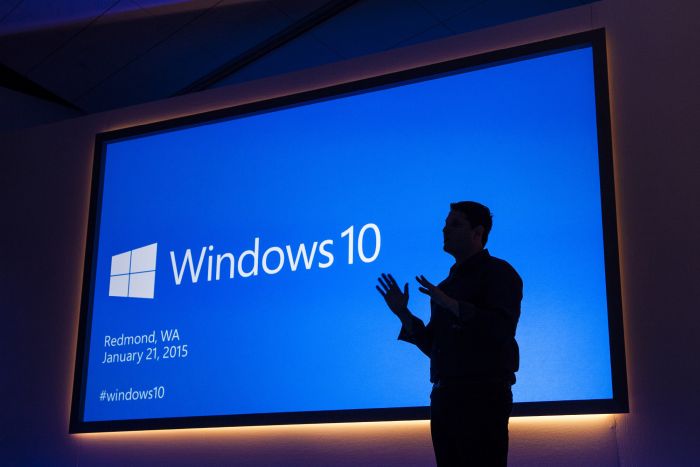Windows 10 to be retired in 2025
Microsoft announced that Windows 10 end of life will be reached in October 2025. But what does that mean for your business? Let's take a look at the options.
by Drew Aspland, 15th March 2024
Windows 10 to be retired in October 2025.
Support for Windows 10 will end on the 14th of October, 2025. Windows 10 was meant to be the final version of Windows, and Microsoft had planned to release incremental updates to the operating system, much like Apple had with Mac OS X. However, there was a change of heart, and in the summer of 2021 the Windows 10 end of life date was announced, and an eventual move to Windows 11 was made necessary.
Will your Windows 10 PC stop working when the end date is reached? No. So can you ignore the end date and carry on using your Windows 10 machine beyond this date? Also no, I’m afraid, and here’s why.
An end-of life date does not mean the software will stop working. Rather, it’s the date that security updates will cease being released for it. And this is a big deal. If your Windows PC is no longer receiving security updates, it will become increasingly susceptible to new security threats, threats that your usual weekly Windows updates (those annoying ones that everyone hates installing) used to protect you from.
More than this, if you are running an end-of-life operating system, you will find that software vendors may also no longer support their software on your system. So when Windows 10 reaches its end-of-life date, your business software likely will, too.

How do I prepare for the death of Windows 10?
So what does this mean for your business? The short answer is this: if your computer is not compatible with Windows 11 then you will have to a) upgrade it to make it compatible or b) replace it entirely.
There is an option C, and this is to pay Microsoft for extended support. Microsoft promises to retain support for subscribers to their Extended Security Updates (ESU) package, but at the moment they have not released details about how much that will cost.
If you have a whole suite of business machines that do not meet Windows 11 compatibility, then you’re going to have to think, very soon, about replacing them. And the sooner the better; as the cut-off date looms, and business begin to realise that they need to buy new PCs, demand (and cost!) is going to rise. We saw a huge spike in demand and cost for laptops during the COVID lockdowns, as businesses scrambled for home working functionality. It’s very possible that something similar may happen here.
Windows 11 is famously picky about what kind of computer it will allow itself to be installed on. The reason for this fussiness is a conformity to modern cyber securities, and Microsoft wants to ensure that all Windows users have access to the latest security features. Data breaches and the sale of private information is big business.
So what hardware do you need? Windows 11 requires a 64-bit Intel processor from the 8th generation (late-2017) onwards or a 64-bit AMD processor from the 2nd generation Ryzen series (mid-2018) onwards. It requires TPM 2.0 (trusted platform module) – most PCs shipped in the last 5 years have one of those. It also requires UEFI Secure Boot system firmware, and graphics capable of DirectX12 or later. 4GB of RAM must also be present, though 8GB is recommended. You’ll also need at least 64GB of disk space.
There’s a lot of words and numbers there, and they can very easily go over a lot of people’s heads. Microsoft has released a Health Check app that will check your PC for Windows 11 eligibility for you, though if you’ve bought it in the last 4 years, it’s very likely you’ll be ok.
But if it’s not eligible, you’d best get planning!